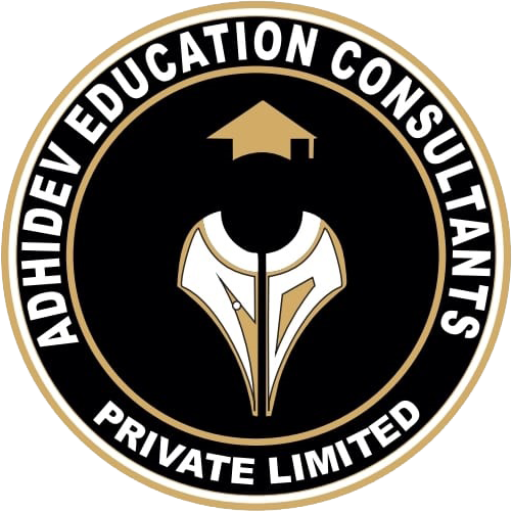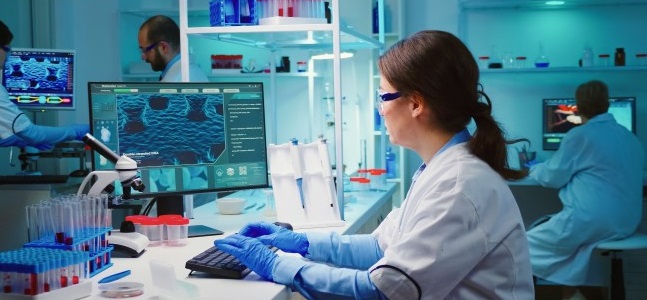The landscape of medical education in India is undergoing a significant transformation, driven largely by technological advancements and the increasing integration of artificial intelligence (AI) into the learning process. Traditionally, medical education in India has relied heavily on rote memorization, with students often struggling to apply theoretical knowledge to real-world scenarios. However, the global shift towards digital learning and the growing recognition of the need for a more interactive, student-centered approach have prompted educators to rethink their methods.
AI has emerged as a powerful tool that promises to redefine how medical students learn and prepare for their future roles in healthcare. By leveraging data and analytics, AI can personalize the learning experience, allowing students to learn at their own pace and according to their unique needs. This evolution is not just a trend; it’s a necessity in an era where healthcare is becoming increasingly complex and demanding.
In this blog, we will explore the current state of medical education in India, the role of AI in facilitating personalized learning experiences, and the various digital tools that are revolutionizing the way medical education is delivered. By understanding these elements, we can appreciate the potential for creating a more effective and engaging learning environment for future doctors in India.
The Current State of Medical Education in India
The current medical education system in India faces numerous challenges that hinder the effective training of healthcare professionals. One major issue is the reliance on traditional teaching methods, which often emphasize theoretical knowledge over practical skills. Medical students spend countless hours memorizing information from textbooks, leaving little time for hands-on practice or experiential learning. This approach can lead to a disconnect between what students learn in the classroom and what they encounter in real clinical settings.
Moreover, the shortage of qualified faculty members and inadequate infrastructure in many medical colleges further exacerbates the problem. According to a report by the Medical Council of India, there is a significant gap between the number of medical students being trained and the number of available qualified teachers. This lack of mentorship can hinder the development of essential clinical skills, which are crucial for success in the medical field.
Additionally, the curriculum in many Indian medical schools often fails to keep pace with the rapidly evolving healthcare landscape. Students are not adequately prepared to tackle contemporary challenges such as telemedicine, digital health, and emerging medical technologies. This outdated curriculum creates a pressing need for reform, emphasizing the integration of modern teaching methodologies and technologies.
In light of these challenges, there is a growing recognition of the importance of incorporating digital learning tools and methodologies into medical education. By embracing technology, educators can create a more engaging and effective learning environment that better prepares students for their future careers.
The Role of AI in Personalized Medical Learning
Artificial intelligence has the potential to revolutionize medical education by providing personalized learning experiences tailored to individual students’ needs. Traditional teaching methods often adopt a one-size-fits-all approach, which may not effectively address the diverse learning styles and paces of all students. AI-driven platforms can analyze student performance data to identify areas of strength and weakness, allowing for a customized educational experience.
For instance, AI algorithms can track a student’s progress through various learning modules, assessing their understanding of complex topics like anatomy, pharmacology, and pathology. Based on this analysis, the system can recommend specific resources, additional readings, or practice questions to help reinforce the student’s understanding. This level of personalization not only enhances learning outcomes but also fosters student engagement and motivation.
Moreover, AI can facilitate real-time feedback during simulations and virtual training exercises. For example, medical students can practice clinical scenarios using AI-powered simulation tools that provide immediate feedback on their decision-making and procedural skills. This immersive learning experience allows students to refine their skills in a safe, controlled environment before applying them in real-world clinical settings.
Additionally, AI can assist educators in monitoring student performance at a broader level, helping to identify trends and gaps in learning across the entire student body. This data-driven approach can inform curriculum development and instructional strategies, ensuring that educators are meeting the needs of their students effectively.
Digital Tools Revolutionizing Medical Education
The advent of digital technology has introduced a range of tools that are transforming medical education in India. Virtual reality (VR), augmented reality (AR), and online learning platforms are among the innovations that are reshaping the educational landscape. These tools not only enhance the learning experience but also make medical education more accessible to students across the country.
Virtual reality, for instance, allows students to engage in realistic clinical scenarios that simulate patient interactions and medical procedures. This hands-on experience is invaluable for developing clinical skills and boosting confidence before entering real clinical settings. Students can practice surgeries, diagnose conditions, and develop their decision-making skills in a risk-free environment.
Online learning platforms are also gaining popularity, particularly in light of the COVID-19 pandemic, which necessitated remote learning. Platforms like Lecturio and Coursera offer a wealth of resources, including video lectures, interactive quizzes, and virtual simulations. These platforms allow students to learn at their own pace, providing flexibility that traditional classroom settings often lack.
Furthermore, mobile applications and digital resources enable students to access information anytime and anywhere. This convenience is particularly beneficial for students in rural areas who may have limited access to physical libraries or resources. By leveraging digital tools, medical education becomes more inclusive and equitable.
In summary, the integration of digital tools in medical education is paving the way for a more interactive, engaging, and effective learning experience. By harnessing the power of technology, educators can better prepare students for the complexities of modern healthcare.












